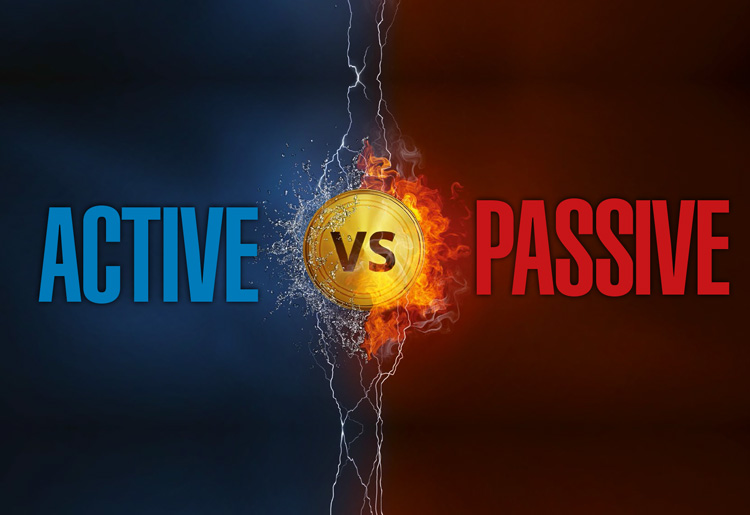As head of third-party fund selection at Waverton Investment Management, which manages around £150m of the firm’s £5.2bn in funds under management, Hyde- Smith analyses a broad range of investments across the world. He feels that his best investment decision last year was to increase active exposure.
Previously he ascribed a higher weighting to passive investing strategies. In terms of some of those reasons, first one has to consider the intra-stock correlations for US equities in recent years.
The trend has clearly been falling since 2016, while 2017 witnessed the lowest levels since the global financial crisis for US equity intra-market stock correlations. “This tends to be an environment that favours active stock pickers and should provide a positive backdrop for active management,” Hyde-Smith says.
New York-based ETF entrepreneur Will Rhind, who has more than 16 years of industry experience, said: “No matter if active or passive, historical performance versus risk is a primary approach to determining effectiveness and value of an investment strategy. He points to the myriad of metrics that gauge risk versus return, such as the sharpe (average return earned in excess of the risk-free rate), sortino (the risk-adjusted return) and treynor (reward-to-volatility) ratios.
CURRENT APPROACHES
Turning to current approaches, some of the thinking and how pension funds and other asset managers should be looking at passive and active investing as they seek to attract capital – including retail money – some questions need to be asked.
On this score, the $64bn question for investors remains: has the long-term low in interest rates been witnessed? And, if so, are we entering an environment of range bound or even rising rates, and could attractiveness of passive approaches and strategies of late be reduced going forward?
“Clearly the long-term bull market in fixed income has been a boon for passive fixed-income investing, both government and corporate,” Hyde-Smith says. “Should this change, a passive approach to fixed income [could] appear a more challenged concept.
“Secondly, the rise of the East and emergence of China as a global economic leader has significant ramifications for global equity indices, which remain structurally underexposed to Asia,” he adds. “Taking an active global approach will be paramount to capture this trend and an opportune environment for active management to add value.”




